Post:Cinnamon
Researchterrain and weather
Depending on your preferences, you and your family can choose to camp in the highlands with ideal forest paths for mountain climbing, cycling or areas near lakes and streams suitable for boating and fishing. However, the prerequisite before proceeding is to carefully study the map and terrain where you will set up camp. You can find out more information about the nearest medical stations and support centers in case of an accident.
No matter where you travel, you should regularly monitor the weather until close to the departure date. If there are unusual forecasts such as rain, storms, landslides, you should stop the trip and arrange for a more suitable time.
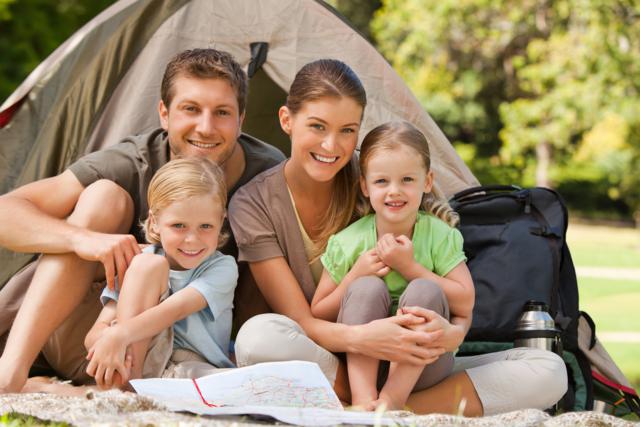
Vehicle
Unlike trips with a predetermined itinerary, camping gives you the freedom and freedom to plan, control where to eat and sleep throughout the trip. Whether the distance is far or near, traveling by car is the best way to carry your belongings, luggage, and tents. You need to pay attention to checking the car before going, spare parts, and bring all documents, driver's license, and car insurance.
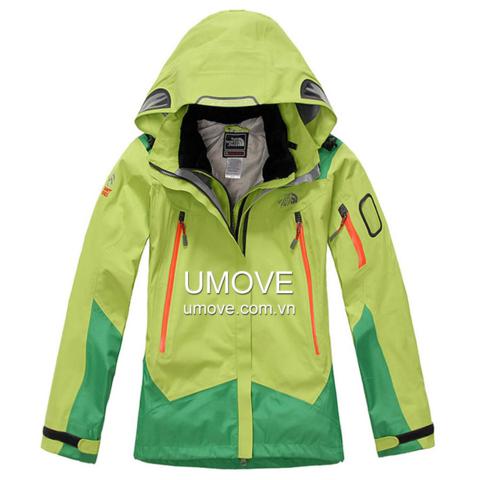
Skin
Bringing more clothes than you really need is always a perennial problem for travelers. You should calculate enough clothes for the number of days of the trip and the purpose of use. You should wear many thin layers of clothes to easily regulate body temperature and bring a jacket, both to avoid trees, to prevent insects, leeches and to prevent colds at night when the temperature drops when exposed to wind. A scarf in case the weather suddenly turns cold is absolutely necessary. You should choose soft, comfortable fabric shoes that can absorb sweat, with soles with many spikes and foam, to easily walk in the mountains and forests.
Tents, sleeping bags
The ideal home and bed on the trip is the tent and sleeping bag, which help to avoid rain, sun, insects and give you a good night's sleep. Before deciding to rent or buy, you must consider the frequency of use, clearly understand the information about size, style, tent fabric material and temperature listed on the sleeping bag. Each tourist tent clearly states the type for the number of people, but if you bring many backpacks and other personal belongings, you should consider and ask for advice from the supplier to make a wise choice. Sleeping bags should be chosen to suit the weather of the resting area, with materials made of synthetic fibers or feathers that are light, easy to carry and do not cause allergies to sensitive skin.
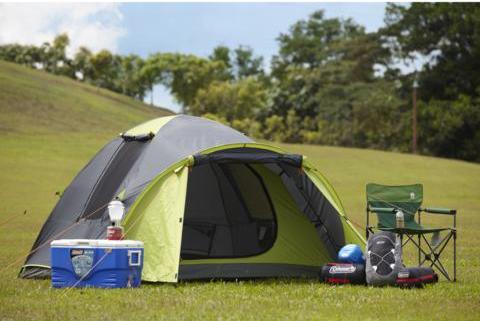
Currently on the market there are all kinds of specialized tents with sheets, sleeping bags, but when choosing, remember that the tent must meet the criteria of waterproof, breathable and insect-proof. You also need to pay attention to some other factors such as the material of the tent poles, carefully check the tent for tears, holes or smooth zippers before buying. Of the four basic types of tents: A-frame tents, umbrella tents, dome tents and wall tents, A-frame and umbrella tents are convenient, simpler to disassemble and assemble. You should also practice setting up the tent a few times to get used to it before the actual trip.
Food and beverages
In addition to the many things you need to bring, you should prepare the necessary foods while still ensuring adequate nutrition by planning the menu in advance and preparing the required quantity. Always ensure you have enough clean water to drink all day or you can bring water disinfection tablets (aquatabs) or travel water filters in case you run out of water.
For day trips, ready-to-eat, easily preserved canned foods such as bread, sausages, canned meat, instant noodles, cheese, chocolate, candy, bottled water are the top choices. However, if the trip is longer than 2 or 3 days, it is necessary to be more meticulous in preparing food and cooking utensils such as portable stoves, lighters, pots, pans, bowls, chopsticks, pre-processed and marinated fresh meat, and ice boxes. During picnics, grilled dishes and hot pots are popular because of their simplicity in preparation and help everyone gather together warmly.

Necessary equipment
During the camping trip, you will have to be proactive in choosing where to eat and where to sleep, so the items and luggage you bring should be simple and compact but must be sufficient for all members of the group. Personal travel kits with toothbrushes, toothpaste, soap, mirrors and combs are available in supermarkets in small sizes and are the ideal choice for short trips.
In addition, you should prepare necessary items such as firewood, mat, raincoat, hammock, folding chair, knife, flashlight, lighter, plastic cup, hammer to drive tent stakes, canvas or nylon rope for drying clothes, plastic tarps to protect from rain and sun, fishing rod if camping near a lake. Camera, phone and a small notebook are also things that cannot be forgotten on a trip close to nature.
Health, medicine
Camping requires some specific skills and knowledge to ensure health safety when having to directly contact with natural conditions. A basic first aid kit with all kinds of cold medicine, anti-stomachache, diarrhea, bandages, fever reducers, antiseptics, essential oils... is essential in addition to each person's medical history. When camping, avoid insect nests such as ants. Because the campsite often has many mosquitoes and insects, you should bring cream to avoid being bitten and insomnia and especially do not use perfume or scented sprays. Bring hand sanitizer and use it before eating, drinking or personal hygiene.
Fun activities
Each picnic is an ideal opportunity for each person to enjoy the natural atmosphere in their own way while helping to connect members with group activities such as singing, dancing, magic, storytelling, games after the campfire. With outdoor activities during the day, you can organize mountain climbing, cycling, or rowing, fishing will also be very interesting. You can completely create or refer to the internet for games corresponding to the number of participants to bring refreshing laughter and relaxation to all members of the group.
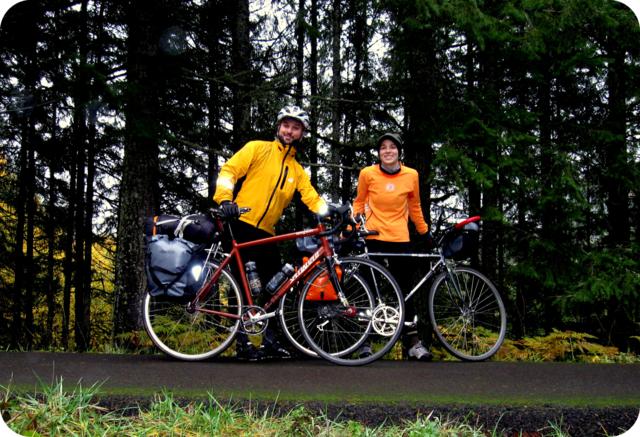
Safe for children
One of the most important things to keep in mind when taking children camping is to ensure safety. Always keep a close watch and remind children to not stray far from the camp when climbing, running, and playing, or to go alone to avoid getting lost in the deep forest. You should bring thin, loose, sweat-absorbent clothes along with a jacket so that children can play comfortably during the day while still keeping their bodies warm when it gets cold at night.
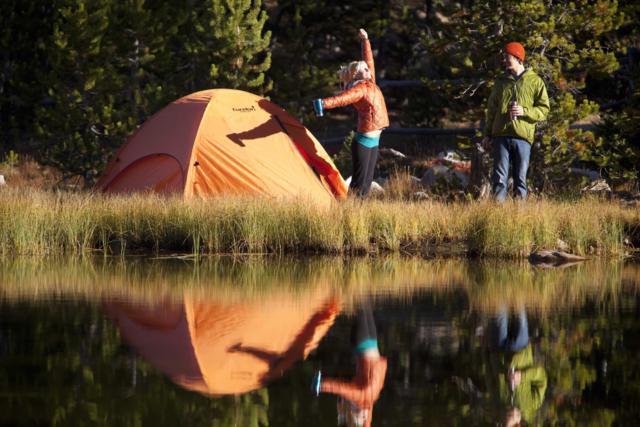
Some things to do
Camp should be set up while it is still light in a safe place, near a residential area. A large fire can be built to keep the fire going all night.
To make a campfire, you should choose a safe, open area with no trees, grass, or dry leaves around the fire site, about 5-10m away, and carefully observe above to see if there are any dry branches or flammable objects hanging down.
Food and snacks should be placed in sealed bags or coolers to preserve the food and to avoid the attention of wild animals. When cooking, use an available oven instead of cooking at a campfire to avoid having to clean up a lot and the risk of starting a forest fire.
Note: Clean up the camp without leaving any traces of the camp, avoid littering and waste into the environment.
Ideal places for camping
In the area near Hanoi, you can spend 1.5 - 2 days camping near Ham Lon Lake, Soc Son, 40km from Hanoi, located among pine hills, clear blue water and wild nature. You can combine camping with climbing Ham Lon Mountain. Another place is Ba Vi National Park; Ba Vi district, 50km from Hanoi, is a great place to avoid the heat and camp at the pine hills in Cot 400.
You can also plan a 1.5-day picnic at Dong Cao plateau, Bac Giang, 140km from Hanoi or camping and trekking on Co To Con island near Co To, Quang Ninh province for 2.5 - 3.5 days. Moving down to the Central region, Ly Son small island is a great camping spot, close to nature, suitable for a 3.5 - 4.5-day trip or camping, making a fire overnight on Lang Bian mountain, Da Lat.


































